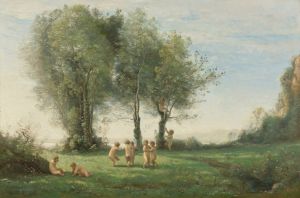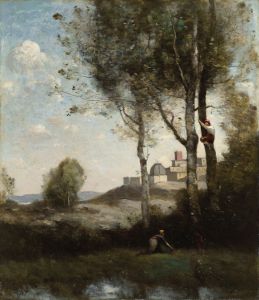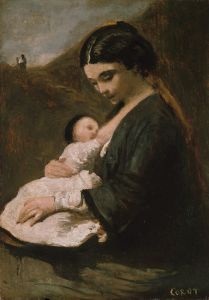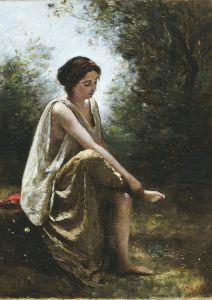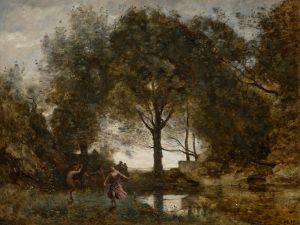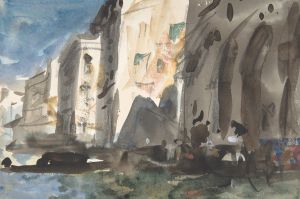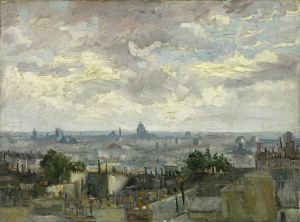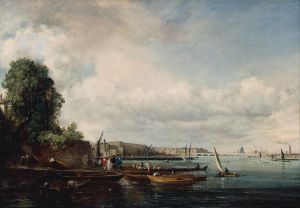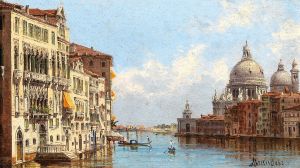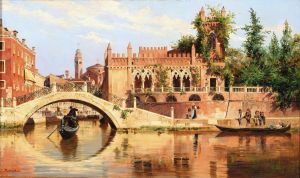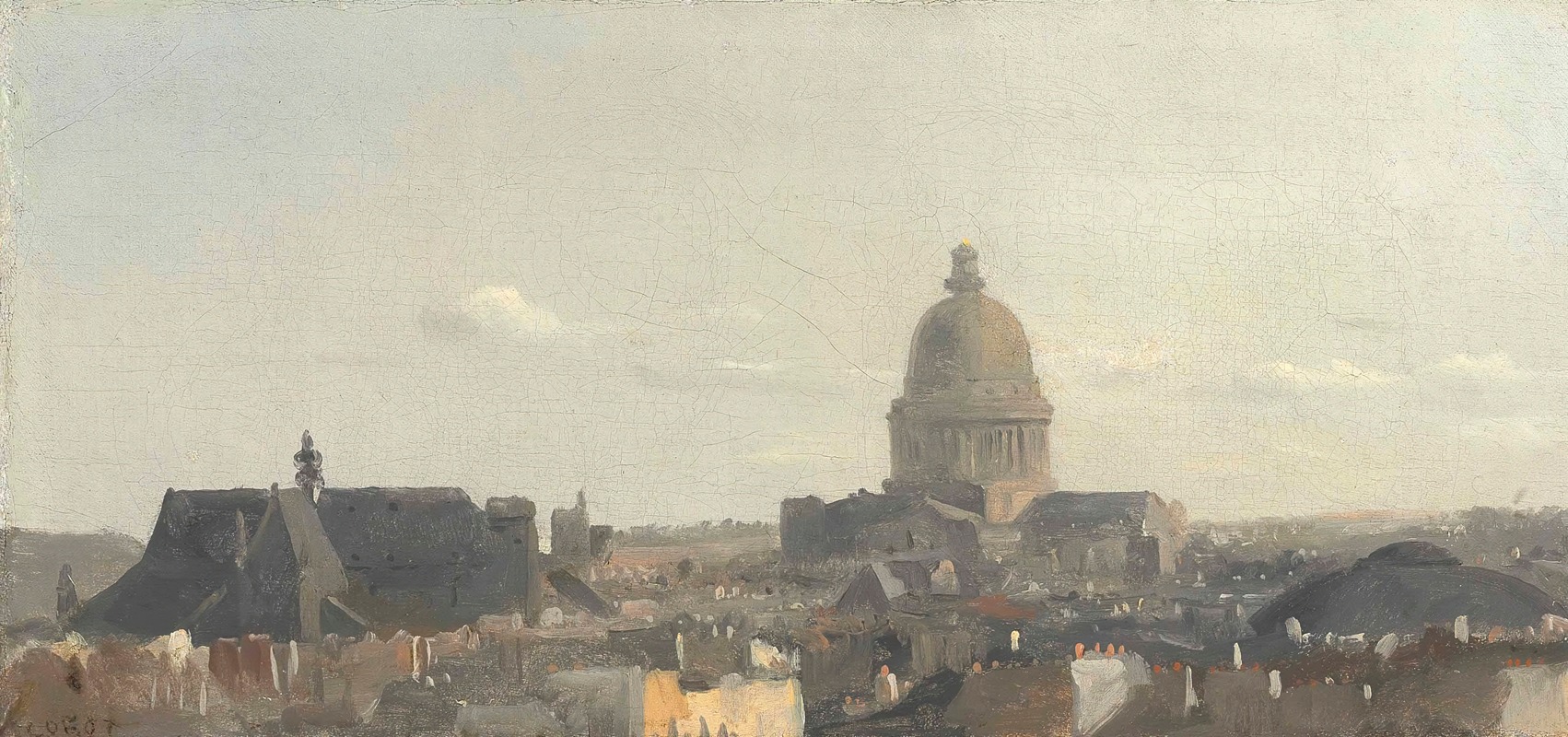
Vue Du Panthéon À Paris
A hand-painted replica of Jean-Baptiste-Camille Corot’s masterpiece Vue Du Panthéon À Paris, meticulously crafted by professional artists to capture the true essence of the original. Each piece is created with museum-quality canvas and rare mineral pigments, carefully painted by experienced artists with delicate brushstrokes and rich, layered colors to perfectly recreate the texture of the original artwork. Unlike machine-printed reproductions, this hand-painted version brings the painting to life, infused with the artist’s emotions and skill in every stroke. Whether for personal collection or home decoration, it instantly elevates the artistic atmosphere of any space.
Jean-Baptiste-Camille Corot was a prominent French landscape painter and a pivotal figure in the transition from traditional Neoclassical painting to the innovations of Impressionism. His work, "Vue Du Panthéon À Paris," is one of the many paintings that exemplify his mastery in capturing the essence of landscapes and urban scenes with a delicate balance of realism and poetic interpretation.
Corot was born in Paris in 1796 and began his artistic career relatively late, around the age of 26, after working in the textile industry. He studied under Achille-Etna Michallon and Jean-Victor Bertin, both of whom were influential in shaping his early approach to painting. Corot's style evolved over the years, and he became known for his ability to blend the precise detail of Neoclassicism with the freer brushwork and atmospheric effects that would later be embraced by the Impressionists.
"Vue Du Panthéon À Paris" is a testament to Corot's skill in depicting urban landscapes. The painting captures a view of the Panthéon, a significant historical and architectural landmark in Paris. The Panthéon, originally built as a church dedicated to St. Genevieve, now functions as a mausoleum containing the remains of distinguished French citizens. Its neoclassical architecture, characterized by a massive dome and Corinthian columns, is a prominent feature in the Parisian skyline.
In this painting, Corot employs a muted color palette, a hallmark of his work, which lends a serene and contemplative quality to the scene. The use of soft, diffused light creates an atmospheric effect, enveloping the Panthéon and its surroundings in a gentle haze. This technique not only highlights Corot's interest in capturing the transient effects of light and atmosphere but also imbues the scene with a sense of timelessness.
Corot's approach to composition in "Vue Du Panthéon À Paris" reflects his deep understanding of balance and harmony. The painting is structured in such a way that the viewer's eye is naturally drawn to the Panthéon, yet it also allows for an appreciation of the surrounding urban environment. The inclusion of trees and other architectural elements provides a sense of scale and context, grounding the monumental structure within the everyday life of the city.
Throughout his career, Corot was celebrated for his ability to convey the spirit of a place rather than just its physical appearance. His landscapes and cityscapes often evoke a sense of tranquility and introspection, inviting viewers to pause and reflect. "Vue Du Panthéon À Paris" is no exception, as it captures not only the grandeur of the Panthéon but also the quiet beauty of Paris itself.
Corot's influence on later generations of artists cannot be overstated. His innovative techniques and sensitivity to light and atmosphere paved the way for the Impressionists, who would further explore these elements in their own work. Today, Corot is remembered as a master of landscape painting, and his works continue to be celebrated for their poetic beauty and technical excellence.
"Vue Du Panthéon À Paris" remains an important piece within Corot's oeuvre, exemplifying his unique ability to blend realism with a lyrical interpretation of the world around him. Through this painting, viewers are offered a glimpse into the artist's vision of Paris, a city that has inspired countless artists throughout history.






